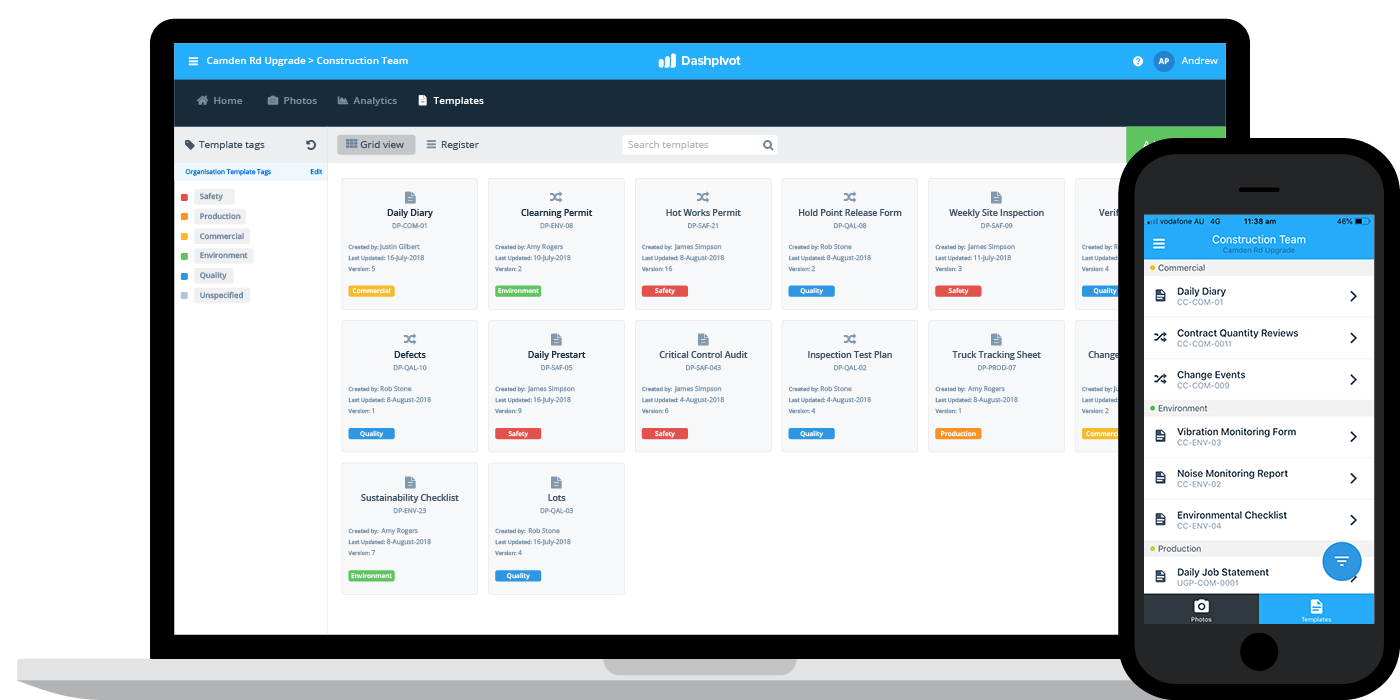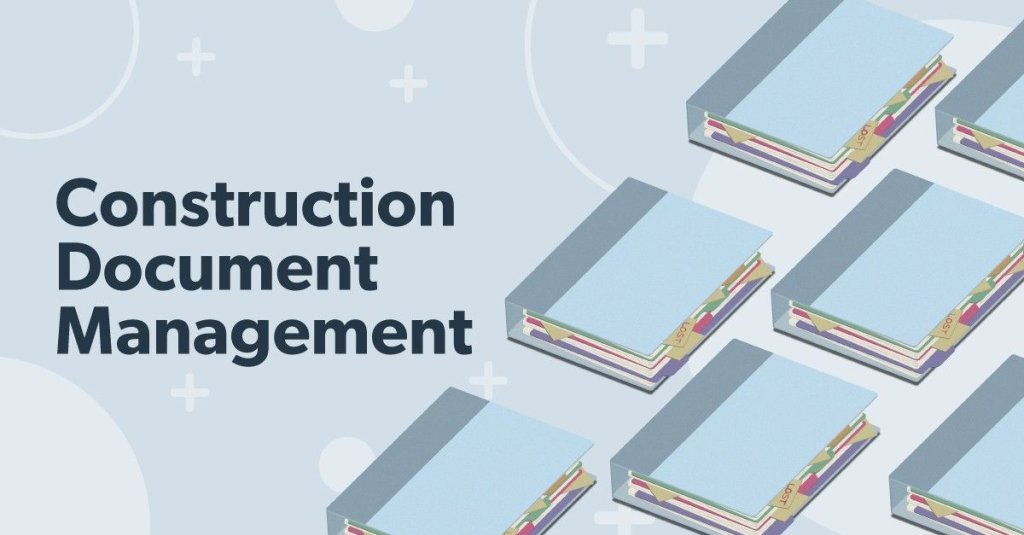Streamline Cooperation: The Power of Construction Document Management Equipment
Wiki Article
Optimizing Job Collaboration: Architect's Best Practices in Construction Document Management
In the intricate world of building jobs, the effective administration of building files stands as a cornerstone for success. Engineers, with their careful attention to information and ingenious layout options, are tasked with coordinating a symphony of timelines, stakeholders, and sources. Nonetheless, in the middle of this complexity lies a sixty-four-thousand-dollar question: exactly how can architects simplify collaboration procedures to enhance task results? By exploring crucial approaches such as leveraging cloud-based platforms, establishing robust interaction methods, and ensuring data protection, architects can raise their paper monitoring practices to new heights.Leveraging Cloud-Based Platforms
Leveraging cloud-based systems is an essential method for modern-day designers in enhancing building paper administration processes. By transitioning from conventional paper-based systems to cloud solutions, architects can streamline collaboration, boost record access, and boost general job efficiency. Cloud-based platforms offer engineers the capacity to store, share, and upgrade building and construction papers in real-time, making sure that all staff member have accessibility to one of the most present information despite their place. This ease of access promotes smooth communication and coordination amongst job stakeholders, resulting in less mistakes and delays in the building and construction procedure.Furthermore, cloud-based platforms supply a protected atmosphere for saving delicate project details, using encryption, normal backups, and user permission setups to secure data honesty. Designers can likewise benefit from the scalability of cloud solutions, permitting them to change storage capacity and performance based upon job requirements. Generally, leveraging cloud-based platforms equips engineers to optimize their building and construction document administration procedures, driving better collaboration, effectiveness, and success in their tasks.
Executing Variation Control Equipment
Having actually established the benefits of cloud-based platforms in building and construction document management, designers can currently boost their document control processes by executing Variation Control Equipment. Variation Control Systems (VCS) are vital devices that track adjustments in documents, ensuring that team members are always collaborating with the current and most accurate information. By executing VCS, designers can preserve a central repository where all job papers are kept, allowing smooth partnership while lessening the threat of mistakes and variation disputes.One secret benefit of Variation Control Solution is the ability to track the complete history of document changes, allowing users to go back to previous versions if needed (construction document management). This feature is specifically beneficial in building and construction jobs where style versions and adjustments prevail. VCS promotes much better communication among group members by providing a clear audit route of that made particular changes and when they were made. This openness not only improves accountability yet likewise helps in settling disagreements or inconsistencies that may emerge throughout the project lifecycle.
Developing Communication Methods
To make sure effective and effective project control, architects must develop clear and durable communication methods within their building file management processes. Interaction procedures specify the approaches, frequency, and channels where staff member exchange details, updates, and feedback. One vital facet of establishing these protocols is figuring out a central communication platform where all project-related discussions and paper sharing can take area. This platform might be a task management software application, e-mail strings, or cloud-based storage space solutions. By setting standards on just how information is distributed and just how staff member connect with each other, engineers can enhance the circulation of information and prevent miscommunications or delays in the construction process.Moreover, interaction methods need to additionally consist of standards on exactly how to manage problems, adjustment orders, and immediate concerns that might develop throughout the job lifecycle. Developing an organized technique to interaction makes sure that all stakeholders are on the exact same web Go Here page, advertises openness, and ultimately adds to the successful completion of the building job.
Making Use Of BIM Software Program for Control
BIM software program plays a crucial role in enhancing sychronisation among project group content participants in the building and construction sector. Structure Info Modeling (BIM) promotes partnership by offering a centralized platform where architects, designers, contractors, and other stakeholders can collaborate in a collaborated manner. Via BIM software program, job individuals can access and update a shared version that consists of comprehensive details concerning the building design, building and construction elements, and project timetables.
Additionally, BIM software makes it possible for real-time cooperation and interaction among team members, despite their physical location. Through cloud-based BIM systems, task stakeholders can access the most up to date task info, track modifications, and make notified decisions promptly. On the whole, leveraging BIM software program for control boosts job efficiency, performance, and ultimately results in effective task outcomes.
Ensuring Information Safety And Security and Conformity
In the realm of building and construction file monitoring, protecting information integrity and making certain regulatory conformity are paramount factors to consider for architects and other task stakeholders. Architects need to implement robust protection steps to shield sensitive job information from unauthorized accessibility or violations. Making use of safe cloud storage space services with security protocols our website and gain access to controls can aid mitigate dangers related to data theft or loss. Regularly updating software application and systems, performing security audits, and supplying team training on data safety and security ideal methods are necessary actions in maintaining a protected atmosphere for building and construction document administration.
Verdict
In final thought, architects can maximize project cooperation in building record administration by leveraging cloud-based systems, executing variation control systems, establishing interaction protocols, using BIM software for sychronisation, and ensuring data protection and compliance. These ideal practices assist streamline the building process, enhance interaction among task stakeholders, and enhance effectiveness in project shipment. By following these guidelines, engineers can successfully manage building and construction files and facilitate effective task outcomes.Through BIM software application, task individuals can access and update a common version that consists of comprehensive info concerning the building design, building elements, and task timetables.
Through cloud-based BIM platforms, project stakeholders can access the newest job info, track modifications, and make notified choices promptly - construction document management. In general, leveraging BIM software for sychronisation improves project effectiveness, efficiency, and eventually leads to successful job results
In verdict, architects can optimize project collaboration in construction file administration by leveraging cloud-based platforms, carrying out variation control systems, developing interaction procedures, using BIM software application for sychronisation, and making sure data safety and conformity. These ideal techniques aid simplify the building and construction procedure, boost interaction amongst task stakeholders, and boost performance in project delivery.
Report this wiki page